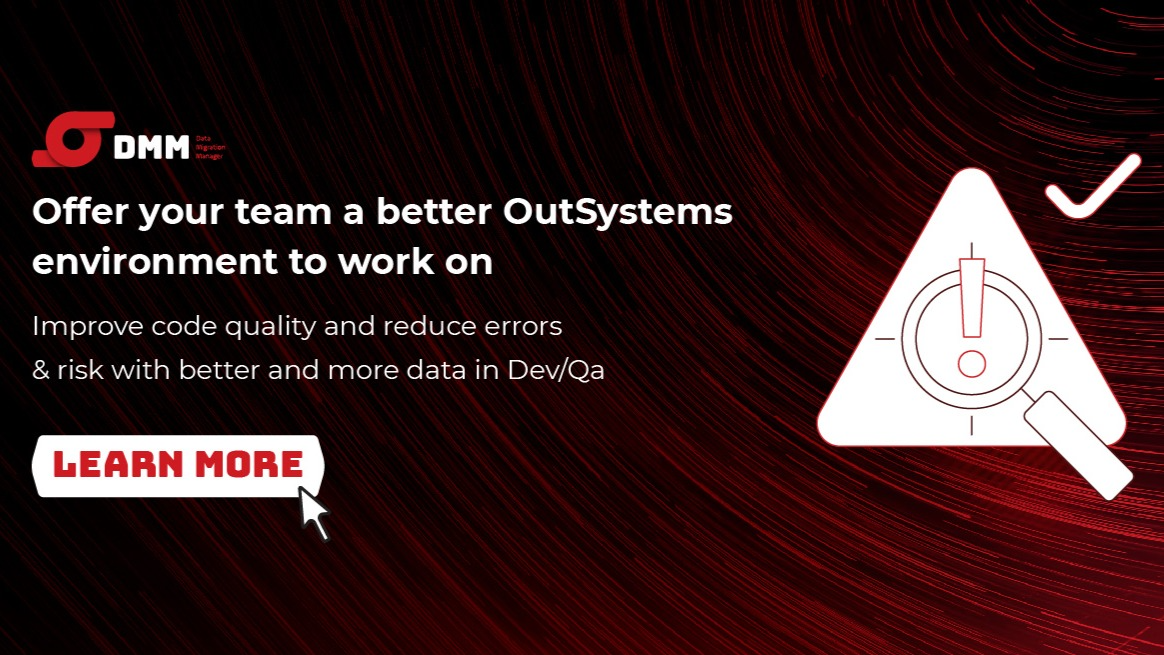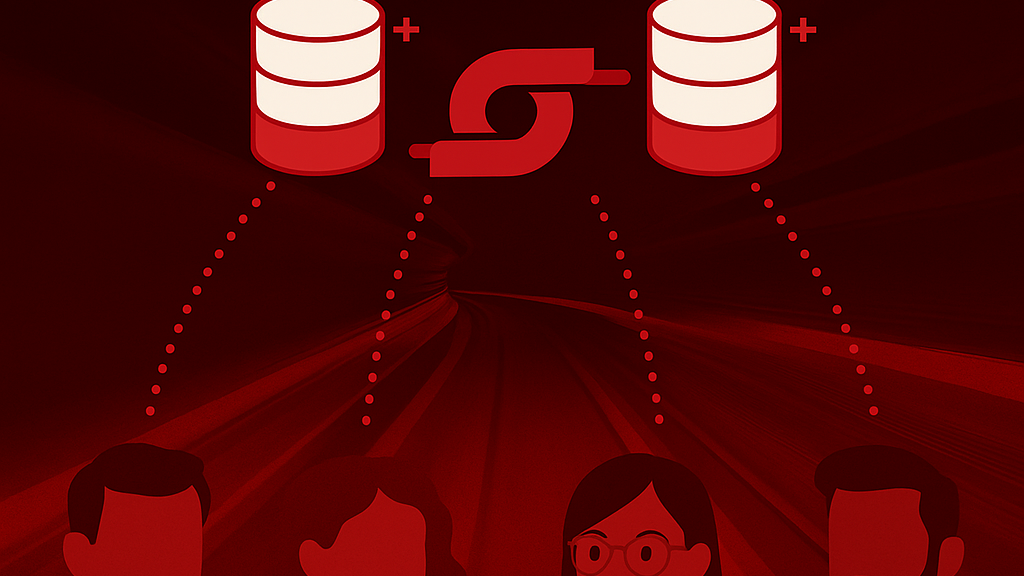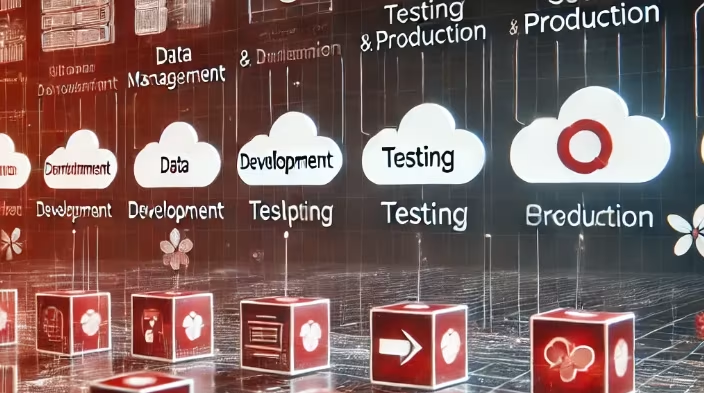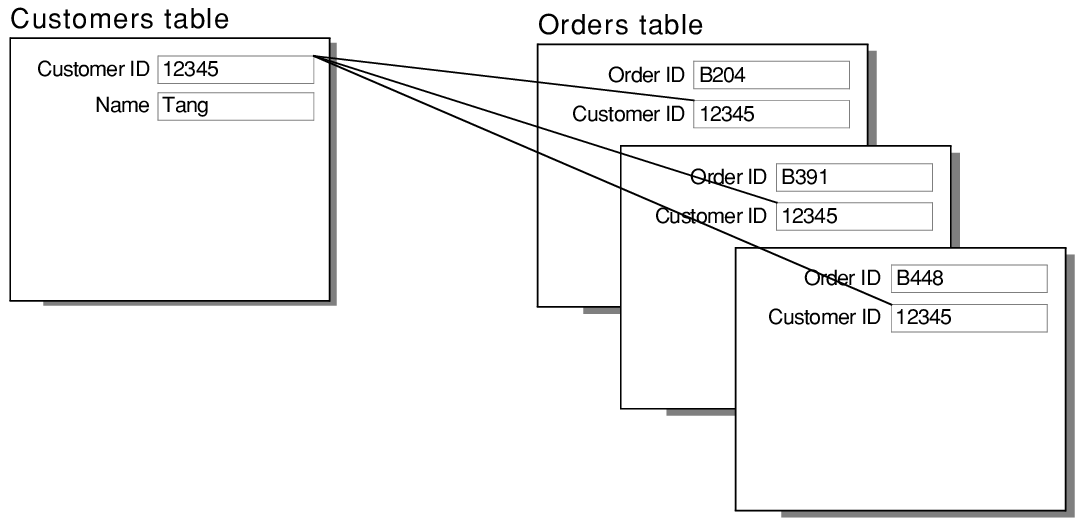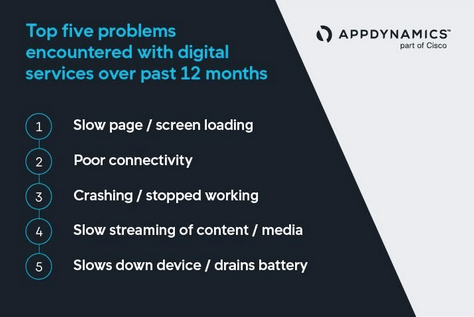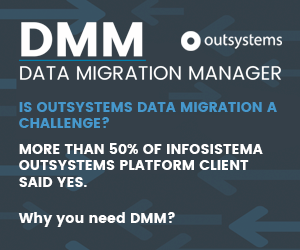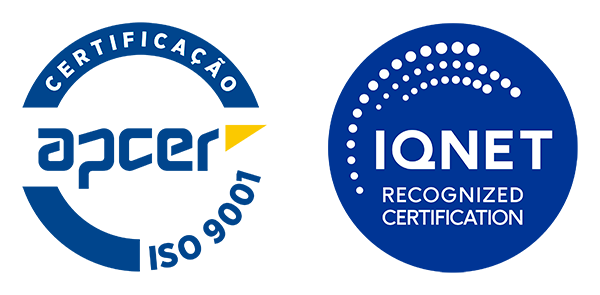5 Tips to Enter and Succeed in the Information Technology Playground
Alexandre do Monte Lee @ July 6th 2019 – 4 min read
Embracing a Career in Information Technology without Pain!
We live in the Information Age. Increased computing power, storage, and communication capabilities have enabled us to create, store, process, and share Information like never before. Technology keeps evolving, and we keep embracing it. Information technology’s evolution and maintenance require human resources with backgrounds in science and engineering. Talent required to keep up with market needs is limited. To address this talent shortage in the long term, interest in technology is being encouraged in younger generations through the promotion of programmable robots, augmented and virtual reality apps, and for the short term, a myriad of tech conversion programs have been created to entice professionals with other engineering backgrounds (ex: civil, mechanics, physics, industrial, mathematics) into a successful career in IT. Based on Infosistema’s experience in conducting multiple tech conversion programs with satisfactory outcomes, here are 5 tips for those of you who are thinking about embracing a professional career in technology despite having an education background in other areas.

1. Do it for the right reasons
Due to talent scarcity, IT professionals’ compensation is generally above market average. Therefore, it is very tempting for professionals with non-tech education backgrounds to follow the money and the quality of life that compensation in the IT arena can provide. Suffice it to say that this approach often leads to poor performance and disappointment in the medium and long term. If you want to embrace a tech career path, do it for the right reasons. Do it because you are passionate about solving problems and improving peoples’ lives through technology. Financial gain and stability will come along as a natural consequence.
2. Start with the foundations
A successful IT career requires professionals with strong analytical, structured and logical thinking skills, among others. For those with little or no previous contact with computer programming, I strongly recommend starting with the foundations. A good, solid base will be essential to understand and seamlessly learn and adopt new technologies. You may start with Scratch, a visual programming language that allows young (or old) learners to create their own programs, interactive stories, games, and animations or go directly for MIT OpenCourseware Introduction to Computer Science and Programming. I also recommend training in Data Modelling (edX free course), Data Structures (Udemy free course) and SQL- Structured Query Language (Udemy free course). As a next step in building first enterprise applications and workflows, you can try a No-Code platform like AppBuilder, Nintex, Airtable or AppSheet. For more complex apps, you may want to go for Low-Code platforms like OutSystems (start here).
3. Bet on problem-solving training and practice
In all industries, you must solve problems (with technology, most of the times). In Information Technology, solving problems can easily become a daunting task, since the number of variables, scenarios, correlations, and possible root causes involved may be significant. Continuous training of your problem-solving skills is one of the best investments you can make to pursue a successful career in IT. Again, you can start with the foundations and evolve to more advanced problem-solving techniques. Below you will find a couple of resources I recommend regarding problem-solving. Enjoy!
- Problem Solving from MindTools
- “Problem Solving 101” by Ken Watanabe
- “The Back of the Napkin” and “Unfolding the Napkin” by Dan Roam
- “The Thinker’s Toolkit” by Morgan D. Jones
- “Stop Guessing: The 9 Behaviors of Great Problem Solvers” by Nat Greene

4. Connect the dots
“You have to believe that the dots will somehow connect in your future”, Steve Jobs used to say, giving the example that if he hadn’t attended a calligraphy class (when he was already a college dropout) at Reed College, he wouldn’t have learned about typefaces and ten years later wouldn’t have been able to incorporate beautiful typography into the Mac. Connecting the dots for those who decide to shift to a technology career may be solving relevant societal problems by connecting different past and present training and experiences in distinct areas. Whether you have education in Civil Engineering, Physics, or in other areas, you may identify challenges in your current field that can be solved by using technology or use concepts and approaches from your current field and apply them in technology solutions.
5. Work Hard
One thing you must keep in mind is that you will “compete” and benchmark directly with professionals that not only have studies (typically more than 4 years) in Computer Science and Programming or other computer-related education but also have already experience in IT projects. To compensate for these disadvantages, you will most likely have to work harder than your peers, dedicating more time to learn, practice, and fail until you succeed. Success requires sacrifice!
Embrace a career in Information Technology! Start today!

